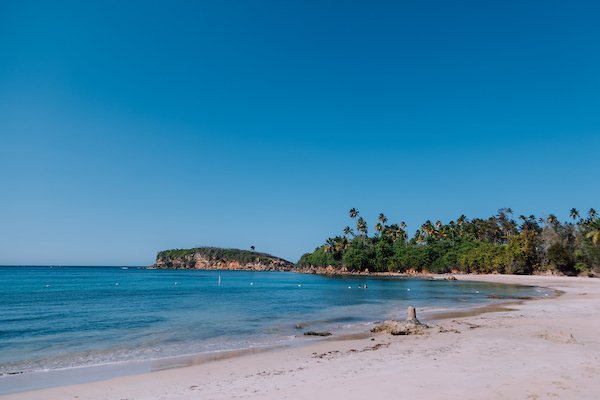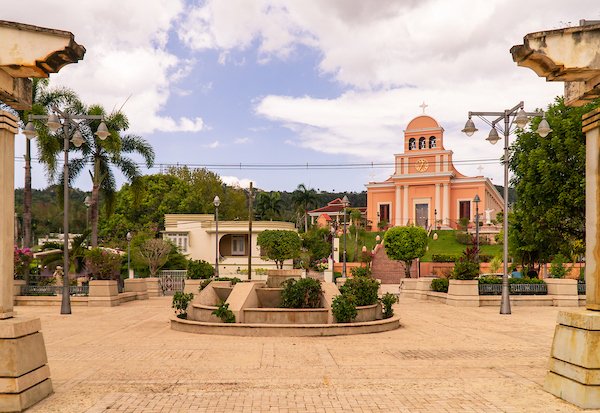
History and Vibrant Culture
In the northwestern region of Puerto Rico, the town of Moca stands as a testament to the island's rich history and vibrant culture. Often referred to as the "Capital del Mundillo" (Capital of Mundillo Lace), Moca offers a captivating blend of historical significance, natural beauty, and artistic heritage.
Moca was officially founded on June 22, 1772, though its origins can be traced back to earlier settlements. The formal establishment of the municipality was largely attributed to Don Manuel de Acevedo y Polanco, a prominent figure who played a crucial role in organizing the local community and petitioning for official recognition from the Spanish Crown. The name "Moca" is believed to derive from the Moca tree (*Andira inermis*), a common species in the region, signifying the close relationship between the town and its natural surroundings.
In its early days, Moca's economy was primarily agrarian, with coffee, tobacco, and sugarcane being the main crops cultivated. The fertile lands and favorable climate contributed to the town's gradual growth and prosperity. Like many municipalities in Puerto Rico, Moca witnessed the ebb and flow of Spanish colonial rule and the subsequent transition to American sovereignty. These historical periods have left their mark on the town's architecture, traditions, and cultural identity.
Official Colors and Identity
The official colors of Moca are green and gold (or yellow). Green symbolizes the lush vegetation and agricultural heritage of the region, while gold represents the town's historical and cultural richness. These colors are proudly displayed in the municipal flag and are often incorporated into local events and celebrations, serving as visual emblems of Moca's identity.
Moca boasts several sites of interest that attract both locals and visitors. One of the most prominent landmarks is the Parroquia Nuestra Señora de la Monserrate, the town's main Catholic church. This beautiful church, with its distinctive architecture, serves as a focal point for religious and community life. The devotion to Nuestra Señora de la Monserrate (Our Lady of Montserrat) is deeply ingrained in Moca's cultural fabric, with annual festivities held in her honor, showcasing the town's religious fervor and traditions.
Another significant attraction is the Casa Alcaldía (City Hall), an impressive structure that reflects the town's historical and administrative importance. The central plaza, often bustling with activity, provides a gathering space for residents and hosts various cultural events and festivities throughout the year.
For those interested in the town's artistic heritage, a visit to local artisan workshops, particularly those specializing in mundillo lace, is a must. This intricate and delicate form of lacemaking has been a cherished tradition in Moca for generations, with skilled artisans creating exquisite pieces that are highly valued both locally and internationally. The dedication and artistry involved in mundillo lace have earned Moca its title as the "Capital del Mundillo."
Moca's Natural Beauty
Beyond its historical and cultural landmarks, Moca is also surrounded by natural beauty. The region's rolling hills and green landscapes offer opportunities for exploration and appreciation of Puerto Rico's diverse environment. While not directly on the coast, Moca provides a tranquil inland experience within relatively easy reach of the island's beaches and other natural attractions.
Moca, Puerto Rico, is a town that beautifully intertwines its rich history with a vibrant present. From its founding by Don Manuel de Acevedo y Polanco in 1772 to its enduring tradition of mundillo lace, Moca offers a unique glimpse into Puerto Rican heritage. With its welcoming community, significant landmarks like the Parroquia Nuestra Señora de la Monserrate, and the symbolic green and gold colors representing its identity, Moca remains a charming and historically significant gem in the heart of Puerto Rico.

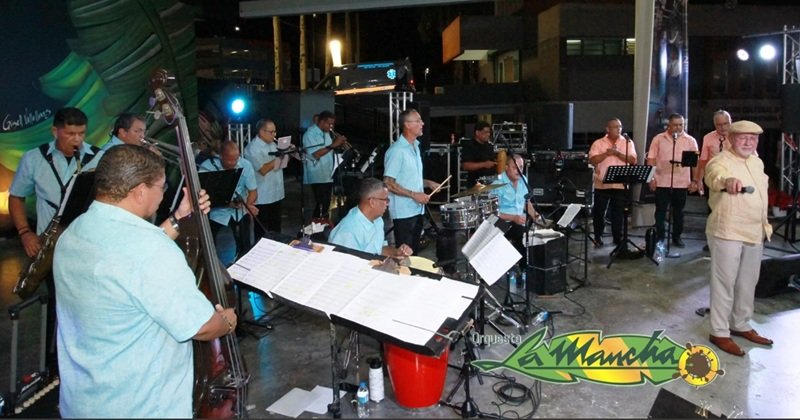
 Pepe Ríos
Pepe Ríos







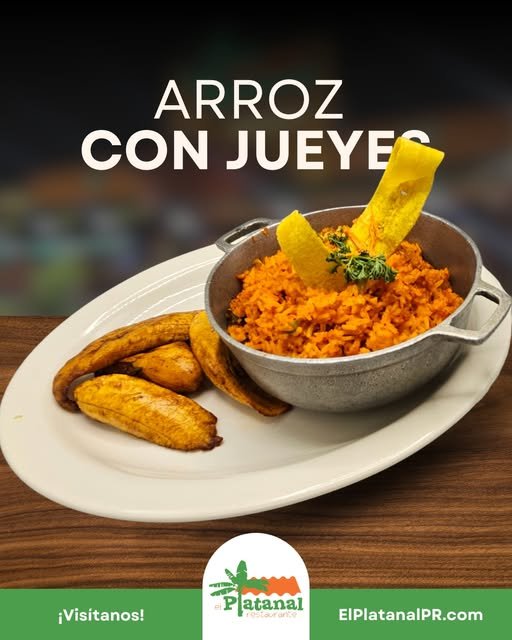

 Smart thermostats are one of the easiest and most effective upgrades you can make to your home’s cooling system. For example, Carrier’s
Smart thermostats are one of the easiest and most effective upgrades you can make to your home’s cooling system. For example, Carrier’s 


 Tech, Convenience, and Safety
Tech, Convenience, and Safety

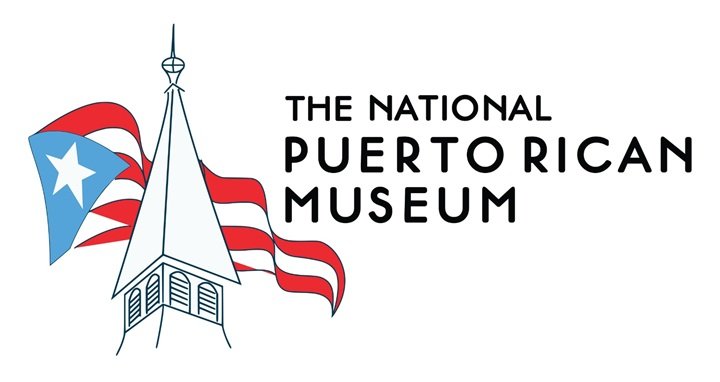
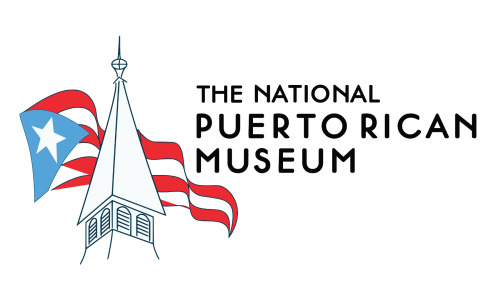


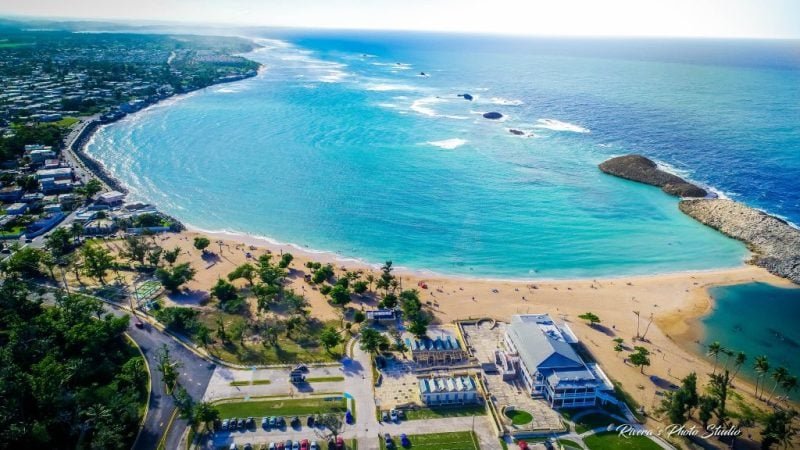

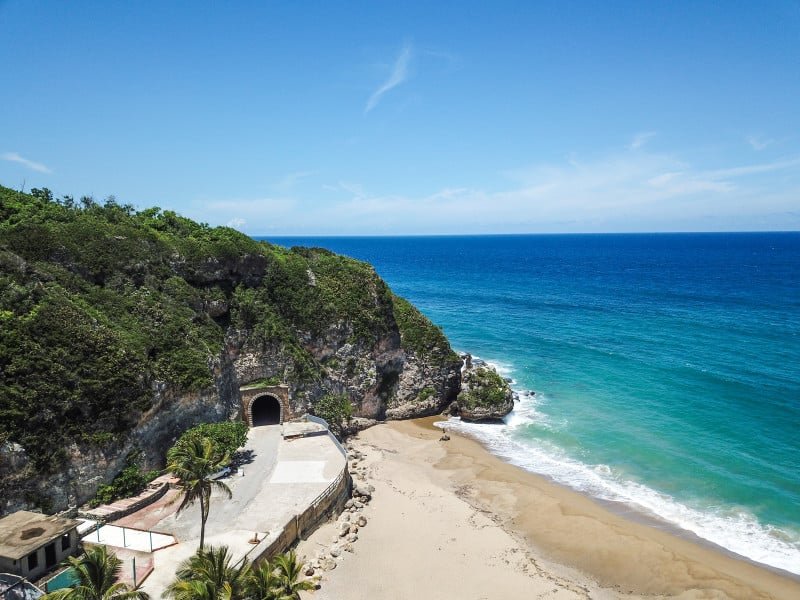
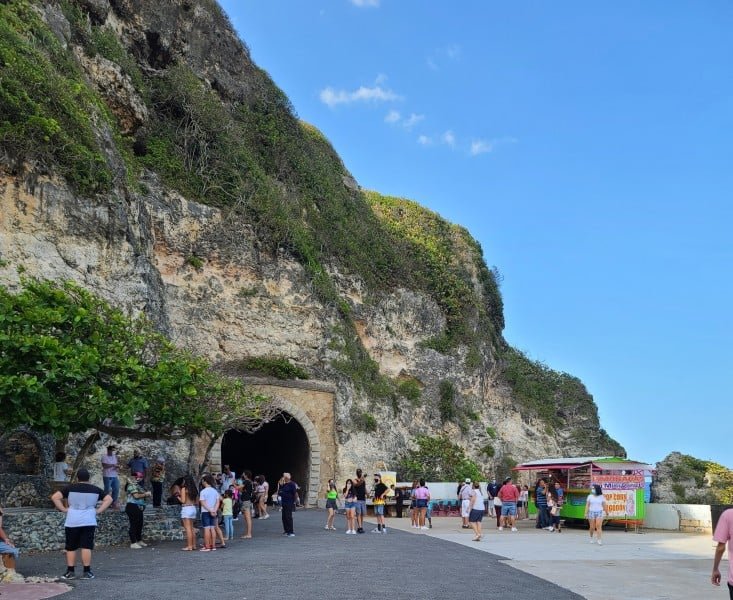
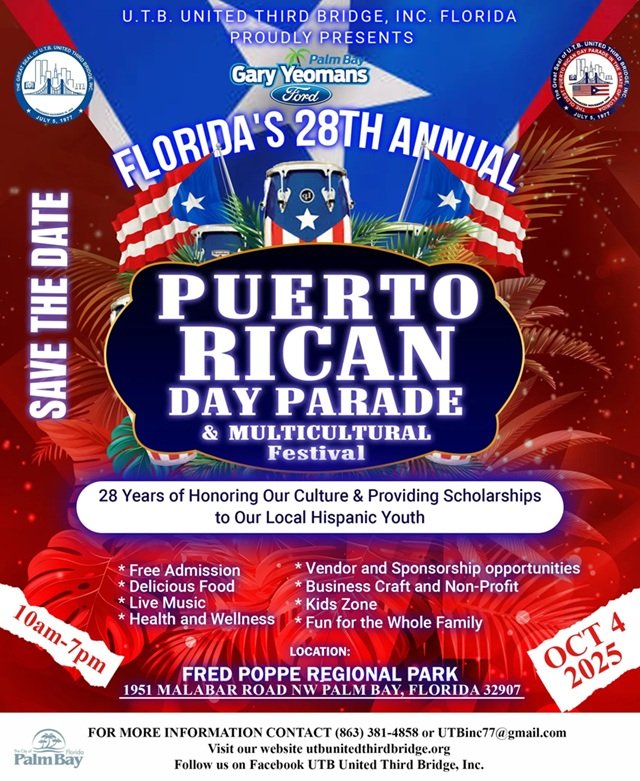
 Piragua Cart and Piraguero[/caption]
Piragua Cart and Piraguero[/caption]


